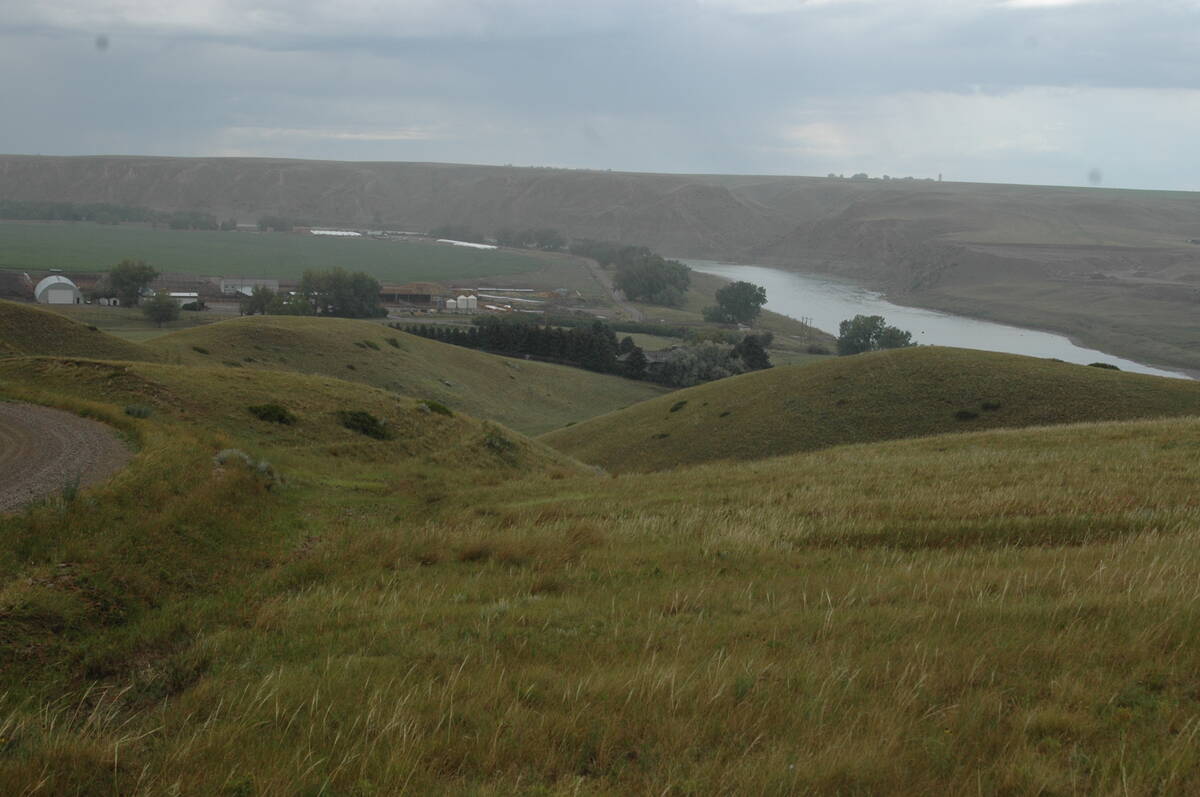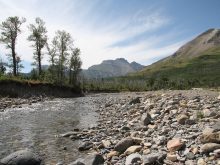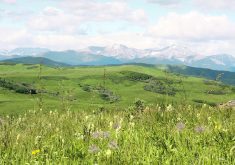In 2021, the Grassy Mountain coal mine was rejected in response to a ground swell of opposition from ranchers, Indigenous communities and environmentalists.
But coal companies have time and they have money, and they don’t stop trying to influence government policy just because strong public opposition has stood in the way of their plans.
Laura Lang and her husband, John Smith, didn’t have the luxury of time and money — they were busy enough managing their ranch outside Nanton, Alta. For these ranchers, the Alberta government’s plan to invite coal mining to the eastern slopes of the Canadian Rockies had to be stopped.
Read Also

Invigor Gold variety viewed as threat to condiment mustard
Invigor Gold, the canola-quality mustard developed by BASF, is on a collision course with Canada’s condiment mustard industry. It’s difficult to see how the two can co-exist.
As Lang describes on The Climate Lens podcast, organizing local community opposition, hiring toxicologists and meeting with scientists, engaging politicians and becoming involved in legal challenges are not in the job description of a typical rancher. But ignoring the threat wasn’t an option.
Former Alberta premier Jason Kenny called Lang and her husband “foreign funded eco-terrorists,” a rather extreme position given that the government’s own studies identified the risk of contaminating water, air and winter snow packs. Lang simply believed that, “if you’re going to have a generational ranch, you have to take care of the soil, the water and the plants.”
It’s about being good stewards of the land, something Indigenous communities have understood for thousands of years.
Latasha Calf Robe of the Kainai nation obtained more than 18,000 signatures on her petition against the Grassy Mountain project, which was later presented in the House of Commons by Edmonton MP Heather McPherson.
When this powerful grassroots movement led to the rejection of the proposed mine, energy minister Sonya Savage announced that Peter Lougheed’s 1976 coal policy would be reinstated with no new coal projects in the area.
Sadly, her announcement exempted “advanced projects,” a well-planned loophole that three years later allowed the new energy minister, Brian Jean, to announce the moratorium on coal mining in the eastern slopes was officially over.
There would be no new open pit or strip mining projects, but Grassy Mountain was an advanced project and could move forward. Can a mine be an “advanced project” when the initial plan failed to be approved?
Jean also proclaimed that a modern coal extraction method called high wall mining wasn’t considered open pit or strip mining.
This technique still requires excavation, drilling and dynamite to expose coal seams, but less of the mountain is disturbed in the process.
The method doesn’t eliminate major water use for washing coal, suppressing dust and equipment cooling, nor does it eliminate the risk of selenium pollution of the headwaters that supply southern Alberta’s agricultural region.
Round two of the coal battle left Lang wondering, “how many times do we have to say no?”
Country singer Corb Lund also felt betrayed by the policy flip flop and believes Grassy Mountain will be the thin edge of the wedge for Australian coal miners looking to exploit the eastern slopes.
Appearing on CBC’s radio show, What On Earth, Lund stated, “agriculture in southern Alberta is based on irrigation, and if that goes away … that’s a huge pillar of Alberta’s economy, much more of a pillar than coal will ever be.”
The energy minister’s promises of jobs and decades of prosperity aren’t convincing Lund. He believes the handful of jobs should be weighed against the lost tourism and film industry jobs, and the likelihood that Albertans will be left with the cost of a huge clean up once the mine is closed.
Despite the disappointment, Lang isn’t giving up. She believes that if Albertans hadn’t put up such a fight, there would already be coal mining in the headwaters of the Old Man River.
The landscape, the water and the gross domestic product of agriculture in southern Alberta are worth defending. Her only concern is that too many people don’t know this is happening again.
Robert Miller is a retired systems engineer, formerly with General Dynamics Canada, who volunteers with the Calgary Climate Hub and writes on behalf of EcoElders for Climate Action. He lives in Calgary.

















